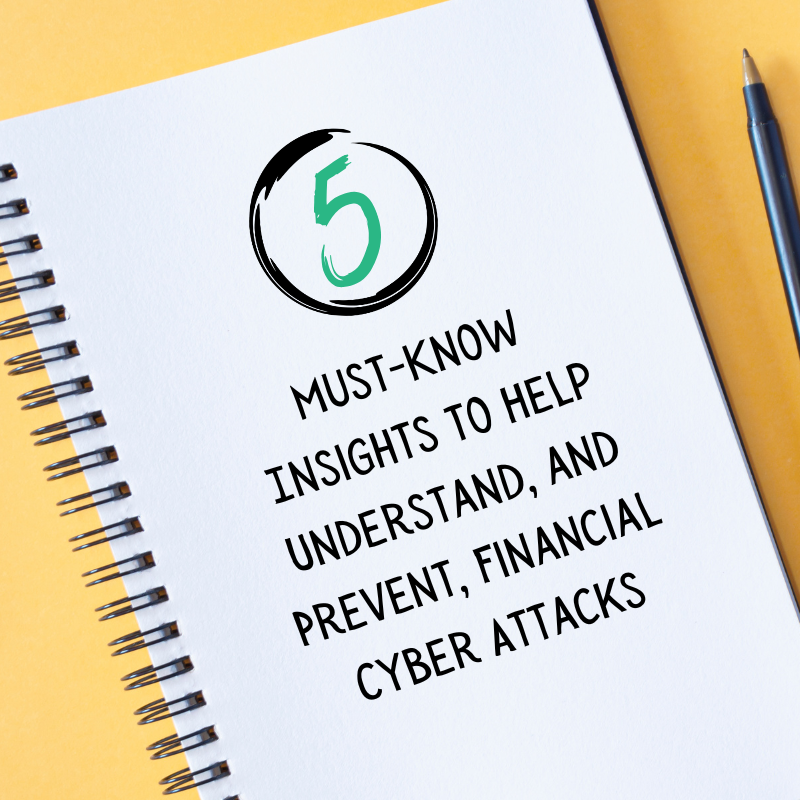Financial institutions are facing increasing cyber threats that are evolving at a rapid pace, making them prime targets for cybercriminals looking to gain access to sensitive data and critical systems. With the rise of AI-powered phishing scams, ransomware attacks, and insider threats, traditional security measures are struggling to keep up with the sophisticated tactics used by attackers. Therefore, financial institutions must shift towards proactive security measures to prevent threats before they breach their systems.
A recent webinar at SecureWorld’s 2025 Virtual Financial Services Security Summit highlighted the importance of adopting proactive data security to combat emerging threats in the financial sector. The webinar featured cybersecurity expert and Chief Product Officer at Votiro, Eric Avigdor, who discussed the most pressing risks facing financial organizations today. Avigdor emphasized the need for financial institutions to rethink their approach to data protection and shared five key takeaways to help organizations stay ahead of cyber threats.
One of the key insights from the webinar was the revelation that financial institutions face three major cyber threats: malware and ransomware attacks, insider threats, and third-party risks. These threats have the potential to cause devastating breaches, as seen in recent incidents such as the Evolve Bank breach, the Toronto Dominion Bank incident, and the Truist Bank breach. These incidents underscore the importance of fortifying cybersecurity defenses to protect sensitive data from cyber attacks.
Furthermore, the use of artificial intelligence by attackers has significantly enhanced the sophistication and effectiveness of cyber threats. AI-powered phishing attacks are now highly personalized, context-aware, and virtually indistinguishable from legitimate communications, making them difficult to detect. Additionally, AI has lowered the barrier to entry for cybercrime, enabling even low-skill attackers to conduct sophisticated attacks at a large scale.
Legacy security tools like Data Loss Prevention (DLP) and Data Security Posture Management (DSPM) are no longer sufficient to combat advanced cyber threats. These traditional solutions struggle with accuracy, leading to excessive false positives and leaving critical data exposed. As business operations shift towards cloud-based environments, legacy tools designed for endpoint protection are ill-equipped to secure data moving across applications, APIs, and collaboration tools.
To address these challenges, financial institutions need to adopt proactive security strategies like Data Detection & Response (DDR), which offers real-time prevention capabilities to neutralize threats before they cause damage. Advanced DDR platforms, such as the one offered by Votiro, use technologies like Content Disarm and Reconstruction (CDR) to remove malware and ransomware from files before they reach the network. This proactive approach helps prevent data breaches and stop malicious payloads from exploiting vulnerabilities.
Moreover, unstructured data poses a significant security blind spot for financial institutions, as it flows unpredictably across various platforms without adequate security enforcement. Votiro’s DDR platform helps organizations protect unstructured data and maintain compliance by providing real-time threat and exposure prevention capabilities.
In conclusion, financial institutions must take proactive steps to enhance their cybersecurity posture and prevent cyber threats from infiltrating their systems. By incorporating advanced security solutions like DDR, organizations can stay ahead of emerging threats and protect sensitive data from cyber attacks. Scheduling a demo with Votiro can provide insights into how proactive, real-time security measures can mitigate cyber risks and safeguard critical assets.


